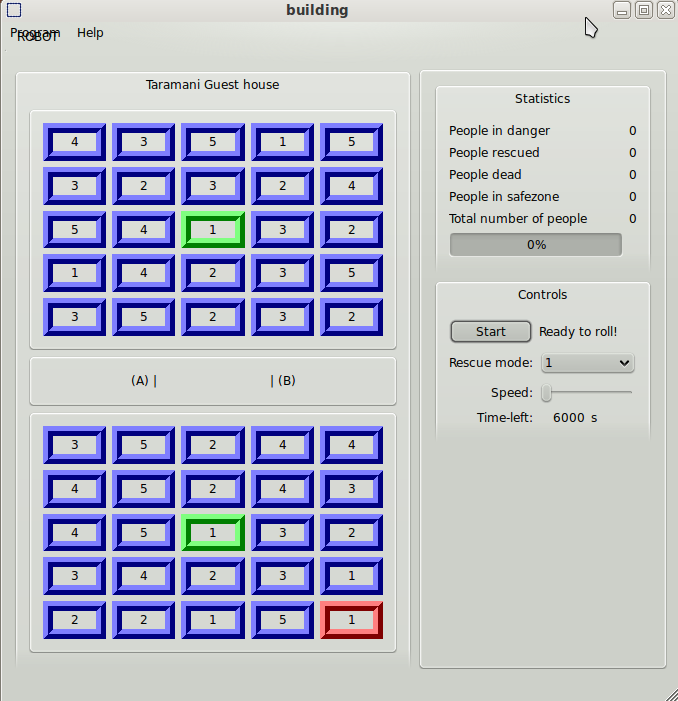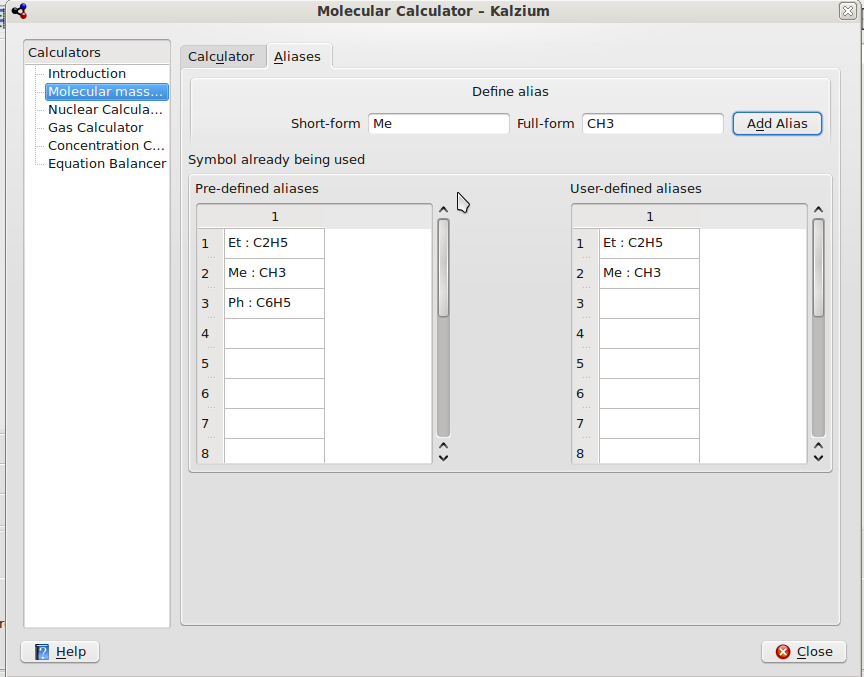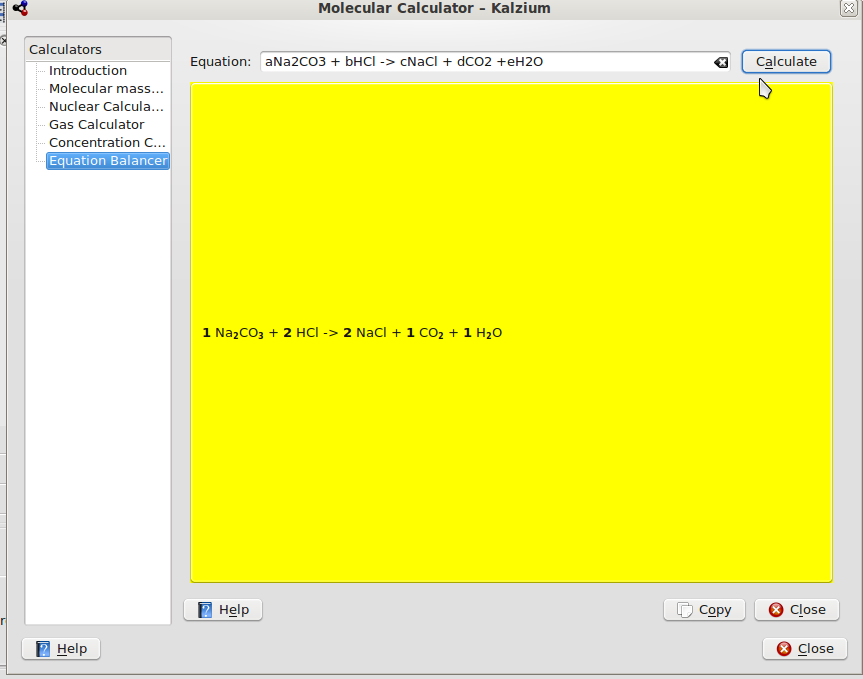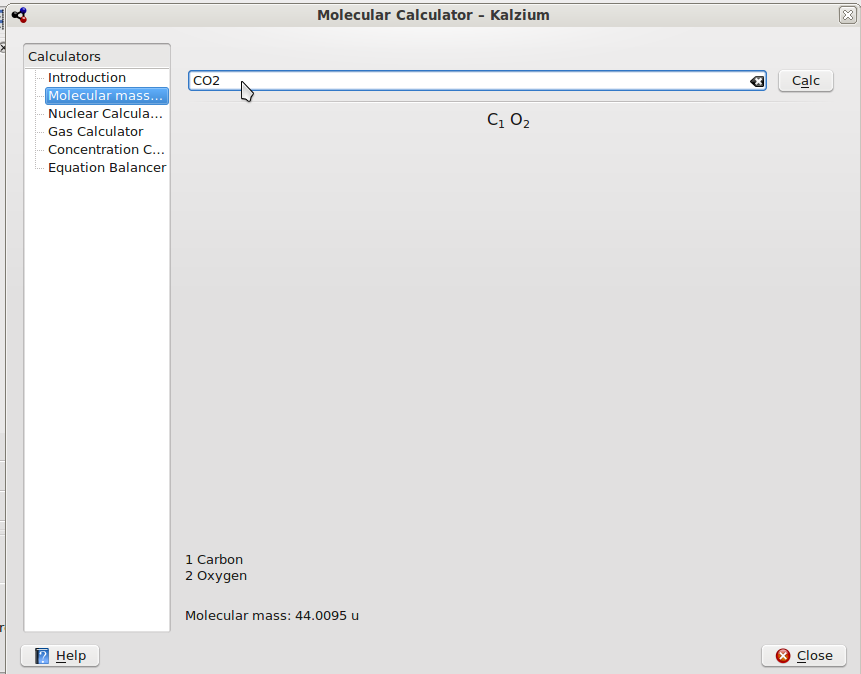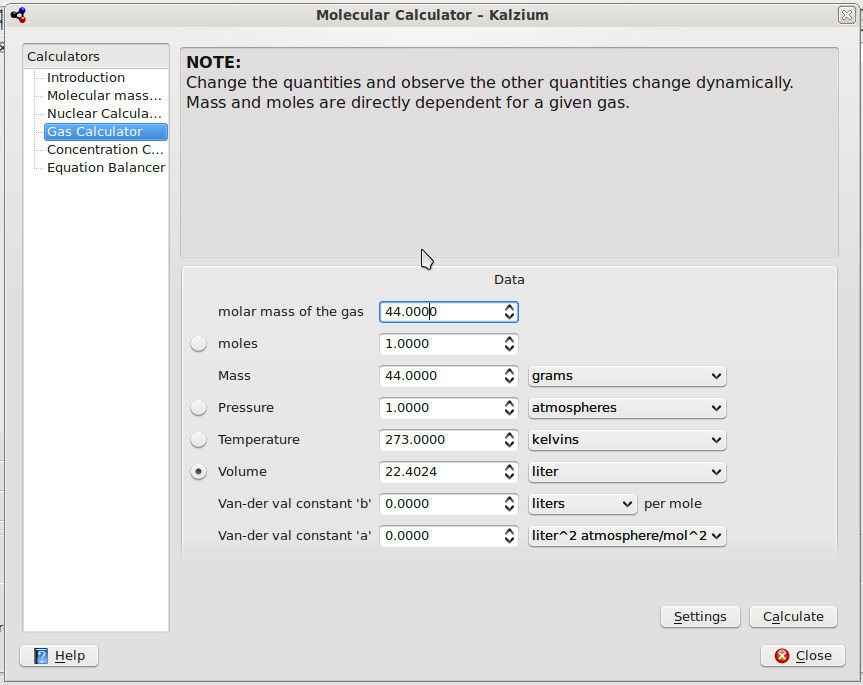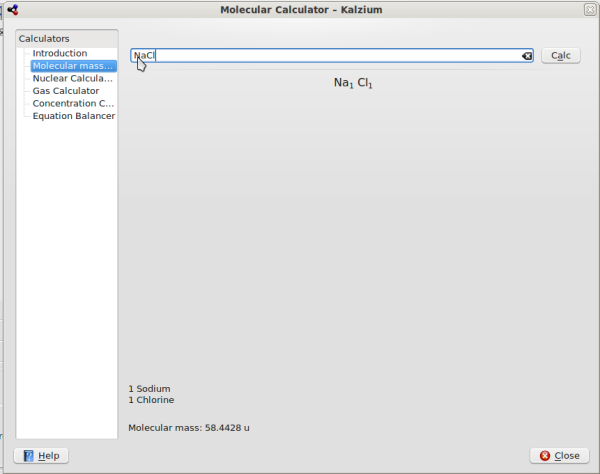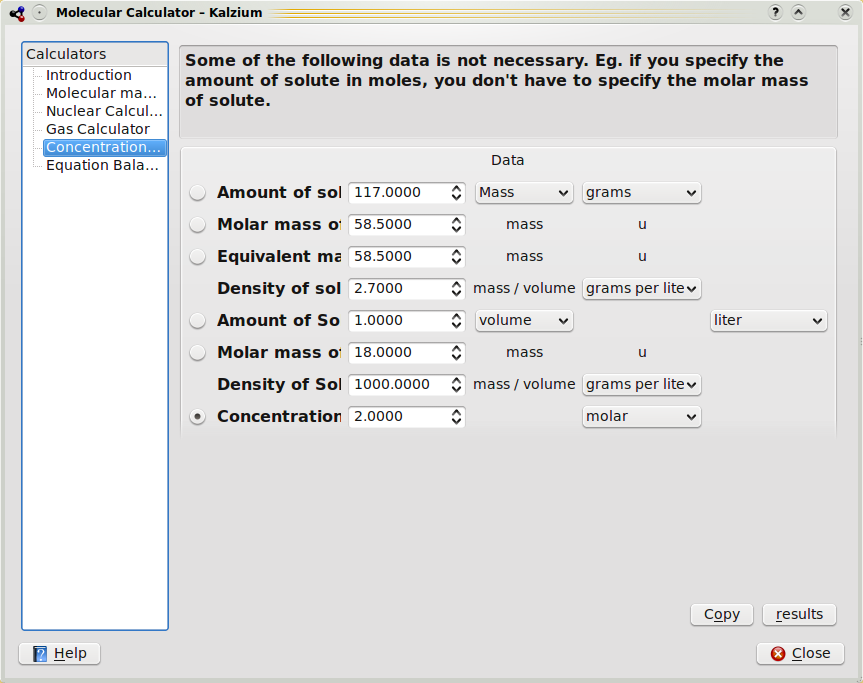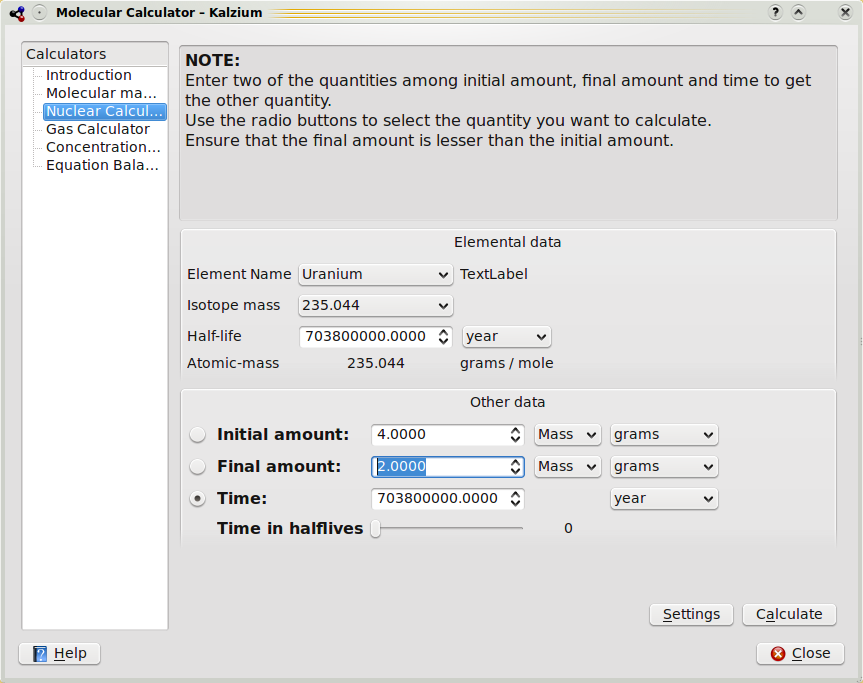I am back after 2 months. This post is about the various coding events at Shaastra 2009. There were 6 of them, I took part in 5 out of 6 as I could not participate in Search 3.0.
First on the list is Frugal. A competition that was supposed to require minimal knowledge of coding and algorithms. The participants were expected to solve problems like finding square roots of a long long integer without using multiplication, division and bit shifting. Quite easy a n00b would say but all that 10000 times, in 1 second, no n00b can achieve that. After a whole day of coding I managed to submit 3 problems successfully. I did attempt 2 more problems but got small errors which I couldn’t fix in time. I finished at the 9th position, sadly no consolation prizes :(.
Here is some code that I wrote. No divisions or multiplications, calculates sqr root of a long int :-
The code is supposed to be as short as possible, have as few key words, semicolons, commas as required, should include only stdio.h and worst of all, should be written only in C.
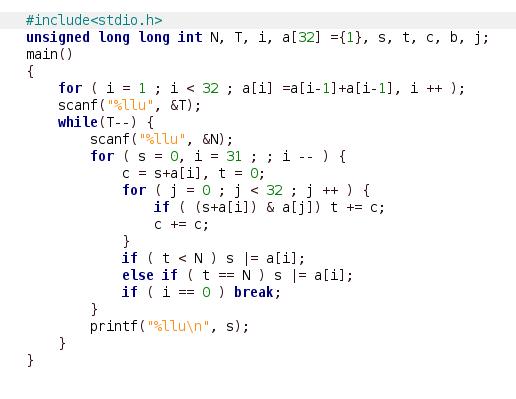
I was one of the coordinators for HackFest. It was a non-competition hands on event. It was one of the biggest successes this Shaastra. It had two speeches, one by Atul Chitnis on FOSS and technology and the other by Shreyas Shrinivasan on FOSS Foundry on the first day of Shaastra. The two above speeches were targeted at a general audience with little knowledge on the open source world. It was supposed to kick start people who were ambitious to get into the world of FOSS.
In the evening were lighting talks by the pro-hackers at hackFest. The organizations that were invited included the linux kernel, firefox, KDE, GNOME, sugar and FFmpeg. In the night people hacked the software that they had chosen. The hacking nights were scheduled to start at 10:00 but we started it at 9:30 and taught people about xchat and the IRC. A lot of unregistered participants turned up and had to be allotted to the organizations that were free.
The three kernel hackers where the most enthusiastic people in hackfest. They taught the students from the basics and gave out free T-shirts for people who answered questions. They retained their enthusiasm till 5:00 in the morning consuming just 1 expresso shot somewhere in the midnight.
Firefox hacking was done by sid0 from IITK, he used jet-pack to help people create their own add-on which checks for unread messages in gmail. Gnome and KDE hacking brought up some potential contributors. Around 5 patches were submitted in Gnome and KDE. Vimzard took care of GNOME hacking and KDE was taken care by kstar, praaksh and yours truly. I made people create basic Qt applications, the other two took care of building KDE and hacking KStars a desktop planetorium software. Other organisations like FFmpeg and Sugar were also hacked.
The next event, the OPC was what I felt was one of the most challenging programming contests I have ever seen. It was tougher than google code jam round 1 or the ACM ICPC and the questions were tougher than most problems in spoj, Euler, uva and usaco. I teamed up with friends Garimella and RajKishan. We got the algorithms for a couple of problems. We actually solved one of them. The problem called power. At the end we stood at position 25. Sadly again, no consolation prizes.
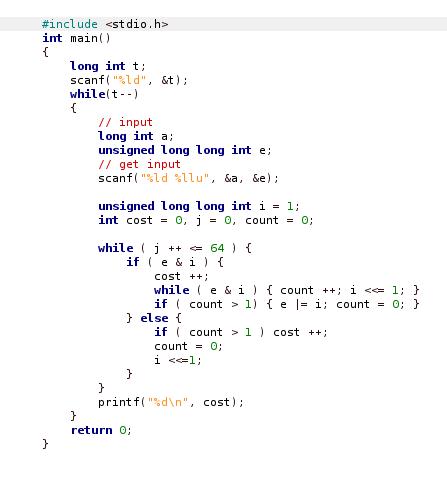
The next contest was polyglot. We had to write a single file program that would get compiled by different compilers successfully. There were a lot of languages which we could use. We solved 7 out of 8. Unfortunately we had trailing white-spaces in a few of our solutions so only 3 were considered to be correct. We won the 3rd prize at the end (team rocket Kashyap R Puranik and RajKishan G).
Here is a program I wrote that prints POLYGLOT in C++, python, perl, brainf**k and ruby.
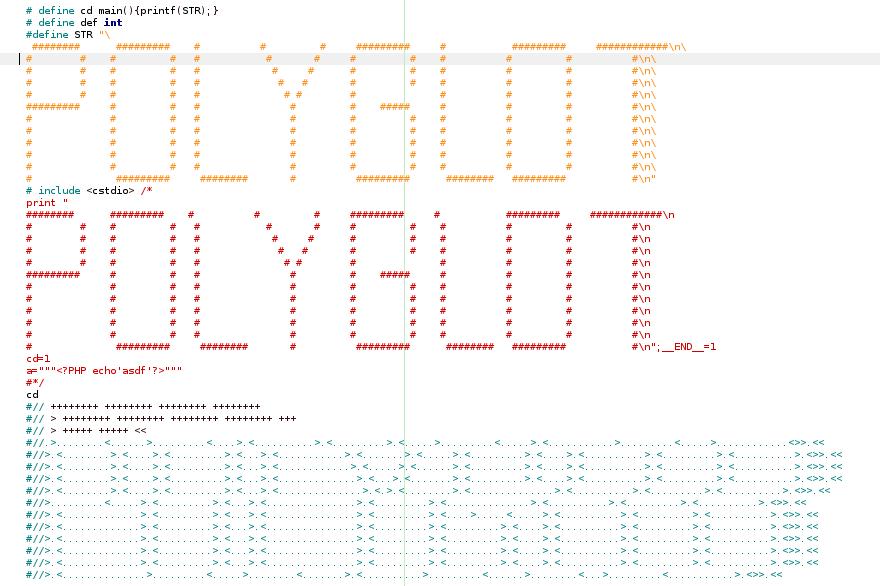
Here is a program we wrote that reverses a string in 3 languages. python, brainf**k and C++
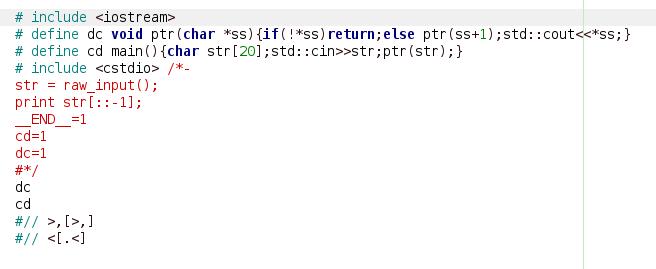
As I said, I couldn’t participate in search 3.0 which was the most generous among the events, gaving out 25K to 3 people.
Simulation Championship was a great contest where the coordinators had selected 16 teams for the finals. 6 teams for Ant colony simulation, 5 each for Rescue bot and Viral marketing. Me an Rajoo decided to attempt both the ant simulation and the rescue bot problem statements.
We used Qt and C++ for both the problem statements, we did not have time to finish the rescue bot program. Our entry won the first prize for the ant simulation problem statement. Here are some screen shots of the same.
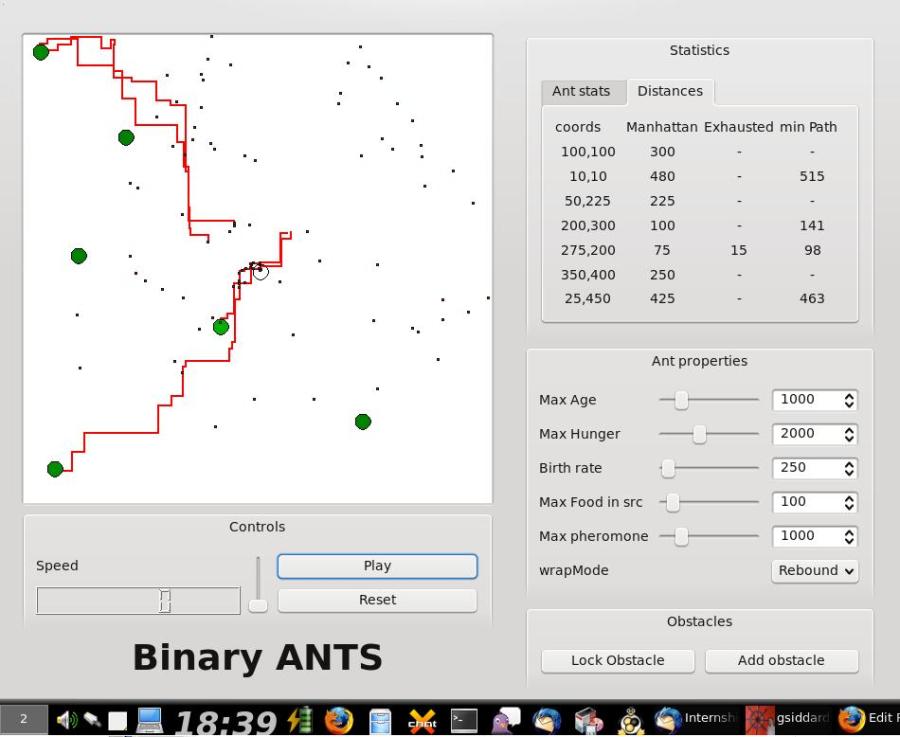
Here you can see the trails left behind by ants, and you can see some ants following the food source.
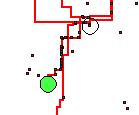
Here is a picture of the rescue bots UI we made.
